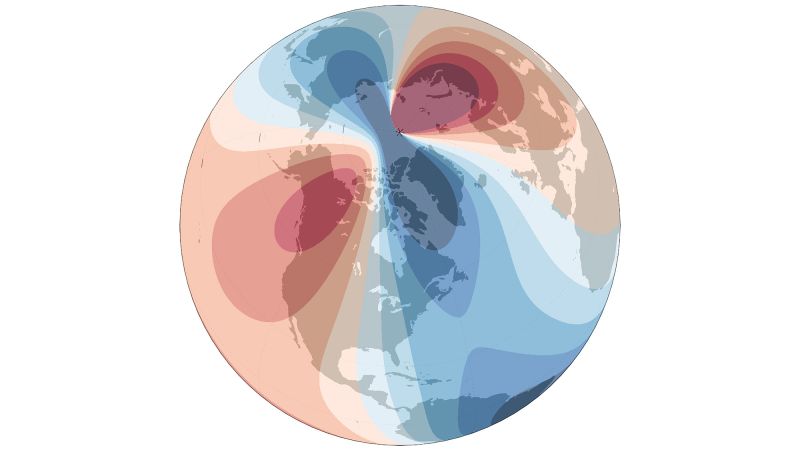Magnetic North's Wild Ride: Earth's Pole Shifts Again in Surprising Scientific Update

Your GPS Just Got Smarter: Why Earth's Magnetic Shift Matters
Imagine your navigation system suddenly becoming more precise—that's exactly what's happening right now. The Earth's magnetic north pole is on the move, and tech companies are working overtime to keep your digital maps razor-sharp and accurate.
This isn't just a random update; it's a critical recalibration that happens periodically due to the dynamic nature of our planet's magnetic field. The magnetic north pole has been wandering at an unprecedented rate in recent years, shifting from the Canadian Arctic towards Siberia, which means your digital navigation tools need constant fine-tuning.
What does this mean for you? Your GPS, smartphone maps, and in-car navigation systems will receive periodic updates to ensure pinpoint accuracy. These updates compensate for the magnetic field's subtle but significant changes, guaranteeing that you'll always know exactly where you are—whether you're on a cross-country road trip or navigating a new city.
So the next time your device prompts an update, remember: it's not just routine maintenance, it's cutting-edge technology adapting to our ever-changing planet.

